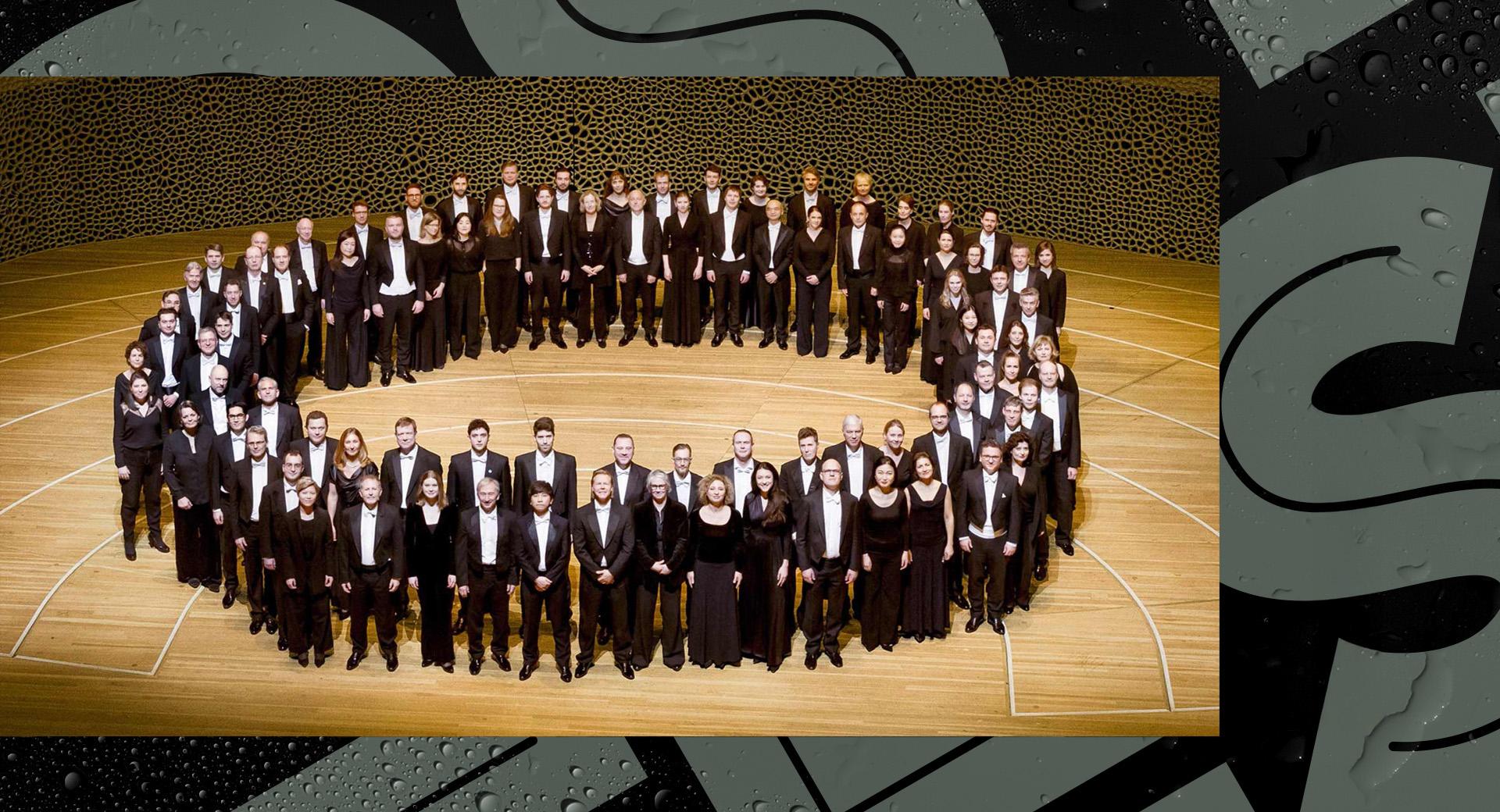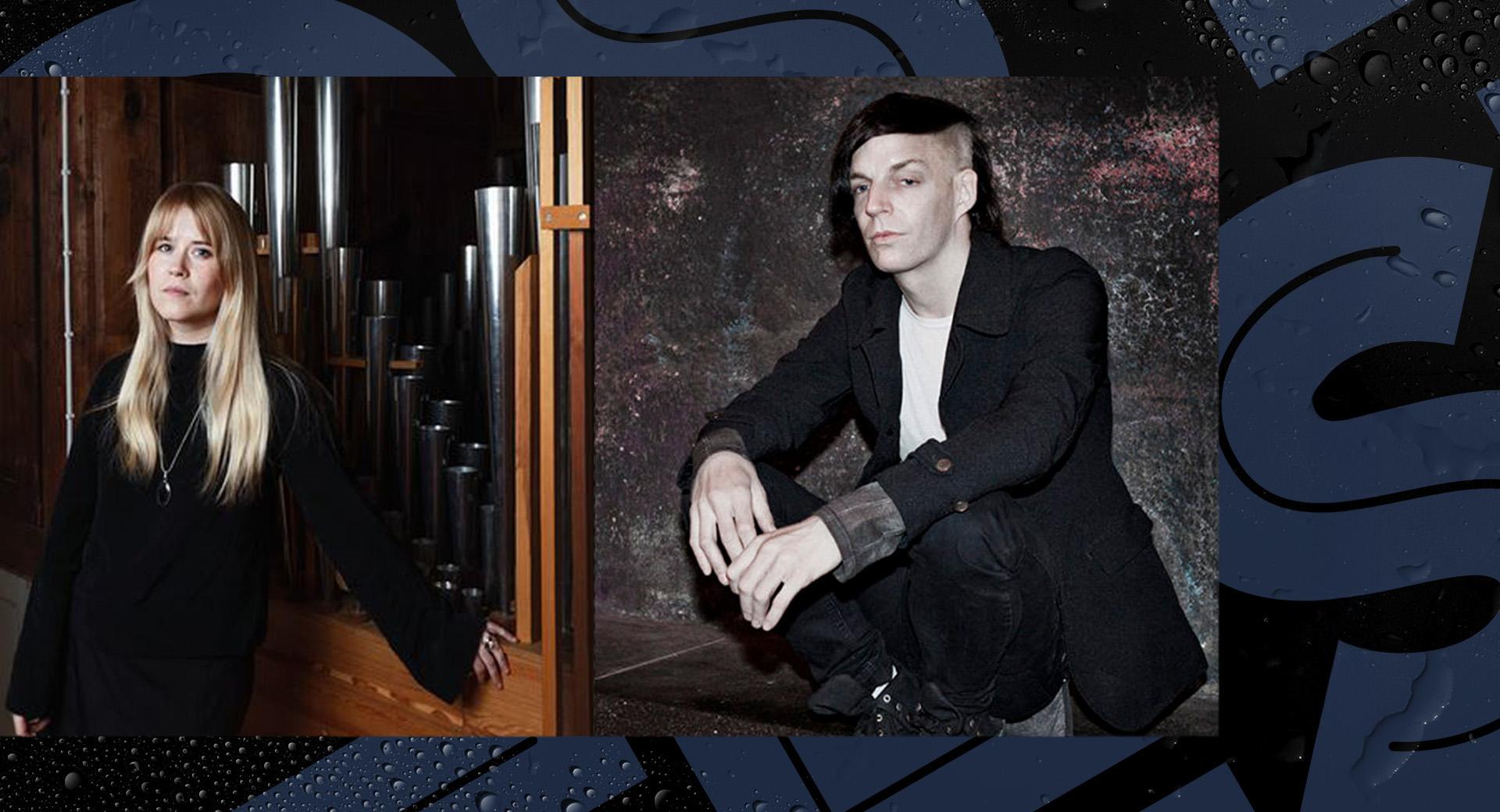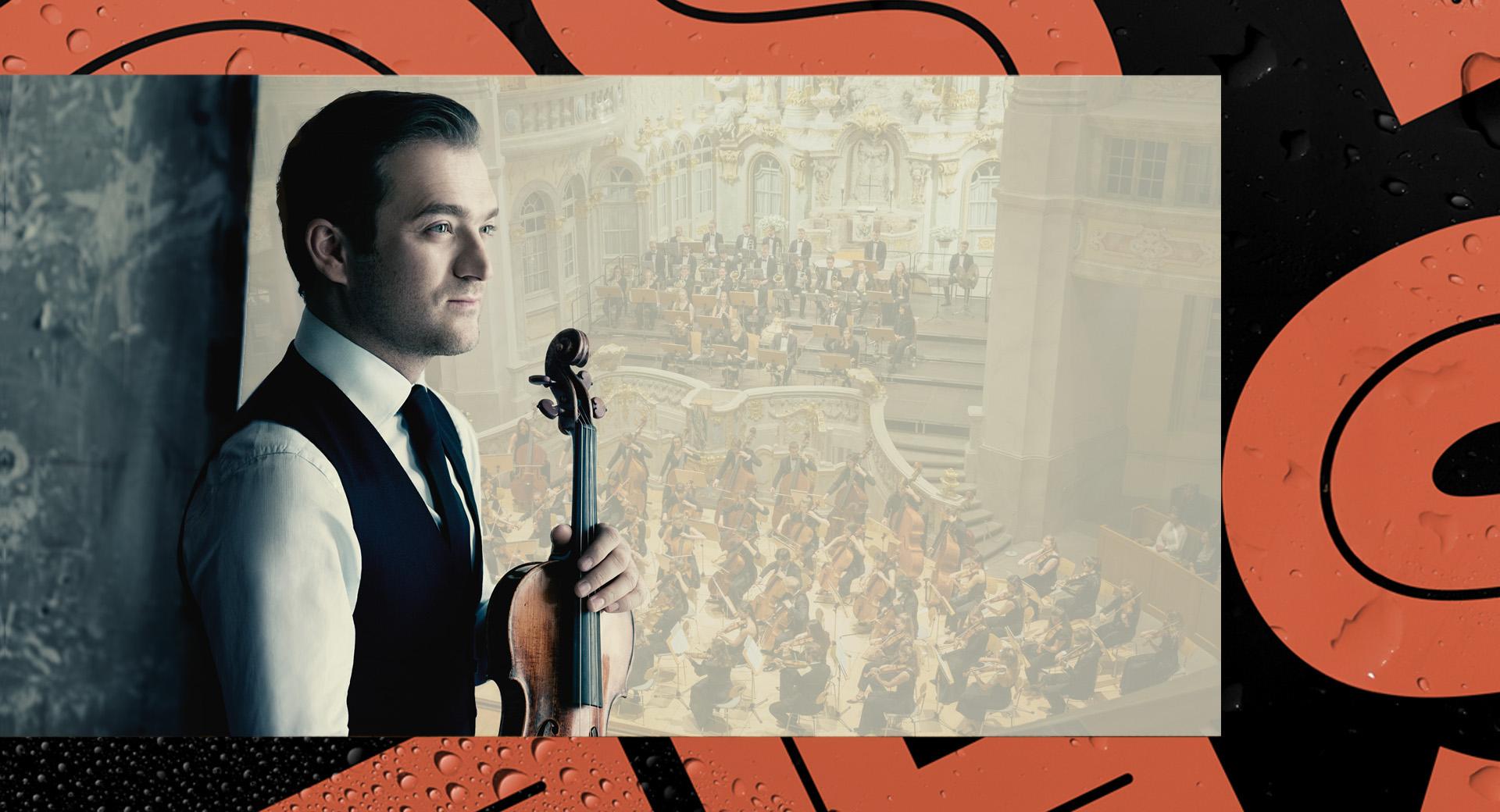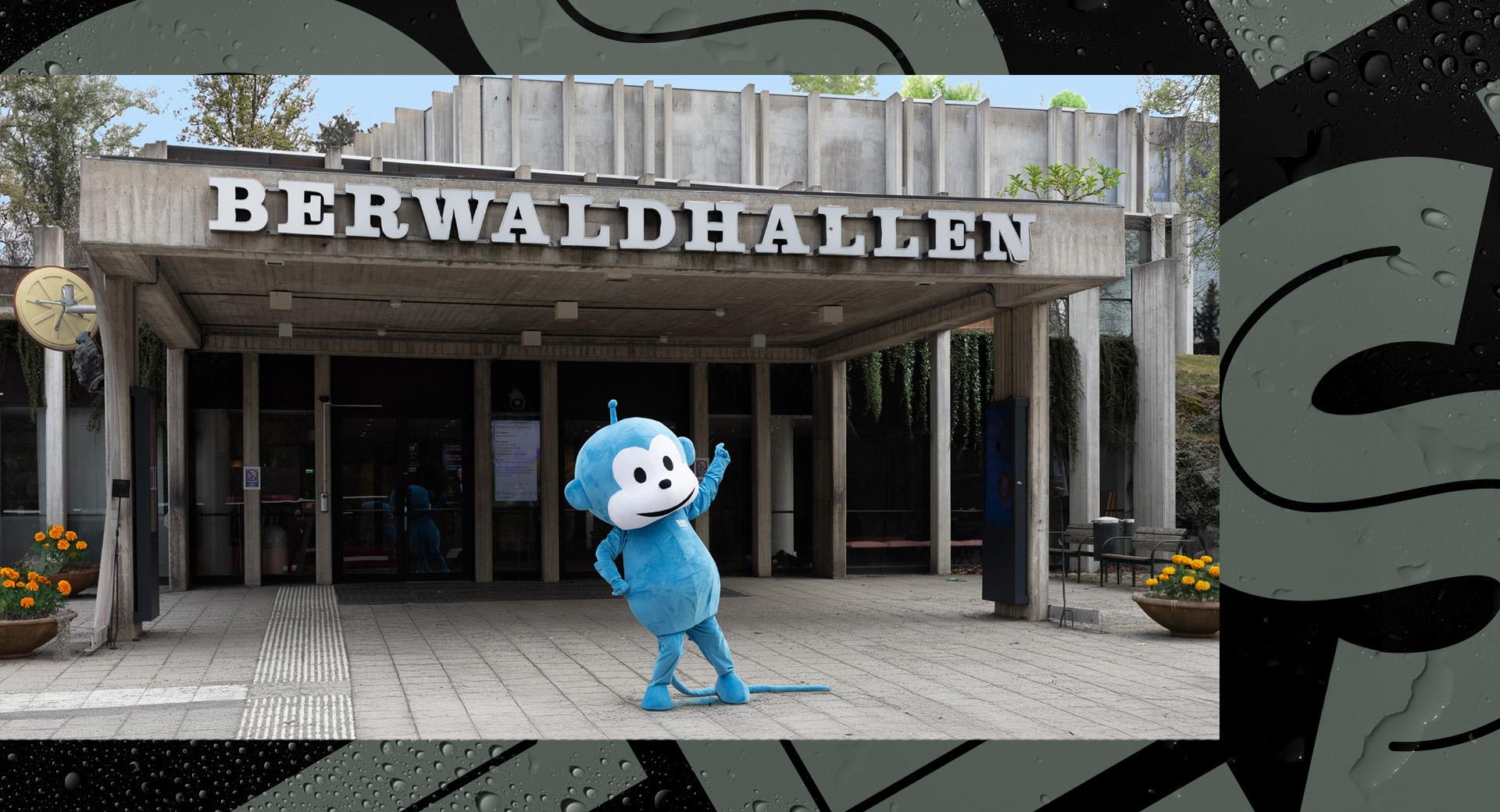Holst’s the Planets
From Mars to Neptune is one of the world’s most beloved and performed symphonic works from British composer Gustav Holst’s orchestral suite, The Planets. The suggestive and dramatic music has inspired, and continues to inspire, more than 100 years after it was written. British pianist Paul Lewis is no stranger to Mozart’s Piano Concerto No. 27, his final as well as one of his most exploratory works. In addition, there will be an interesting première of much lauded orchestral composer Katarina Leyman.
This production is part of one or more concert series.

The British pianist Paul Lewis is considered one of the leading interpreters of the classical piano repertoire, and here, he performs Mozart’s Piano Concerto No. 27 in B major, which Mozart completed in his final year of life. The concerto is initially more restrained and melancholic than many of his earlier works, containing bold harmonics and, in places, romantic features. The final movement is more exuberant than the previous ones, with a theme that Mozart later used in Sehnsucht nach dem Frühling, a song that Zacharias Topelius put Swedish lyrics to and in our songbooks is known as Kom hör min vackra visa (Come, hear my beautiful song).
Visual art goes hand in hand with music for Swedish composer Katarina Leyman. She studied composition in Stockholm and Boston and also studied painting and sculpture. Leyman was raised in a family of artists and says that music enables her to express her inner images. She often finds inspiration in colours, movements, structures or natural phenomena. This is not her first commissioned work for The Swedish Radio Symphony Orchestra. Solar Flares, inspired by the sun’s impressive spectacle in the sky, was performed in 2010, and now, finally, it is time once again.
According to the composer Gustav Holst, astrology was his favourite guilty pleasure in life. This, together with other interests such as orchestration, English folk tone and Roman mythology, resulted in his magnificent orchestral suite The Planets. Holst was a master of melody and here, he demonstrates how the orchestra’s resources are used to their maximum potential. He had been working on the suite for several years and it was first performed in 1918 for a private, invited audience. Thereafter, individual movements were played in different settings, rumours about the work spread and when the entire suite was officially performed in London in 1920, it was a huge success.
The fame that Holst acquired with The Planets was not something he was personally very happy about. He thought that it was a pity that The Planets received all the attention and that his other, according to him, better works were eclipsed. In the 1920s the work was spectacular, but for us the style is familiar. Extracts from the suite have been used in many films and when John Williams wrote the music to Star Wars, Holst was one of his greatest sources of inspiration. The well-known English song I Vow to Thee, My Country also has its origins here, in the Jupiter movement. It is often used in commemoration of soldiers who died in battle.
Text: Nina Sandell



